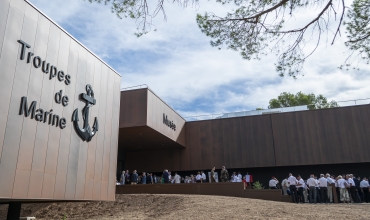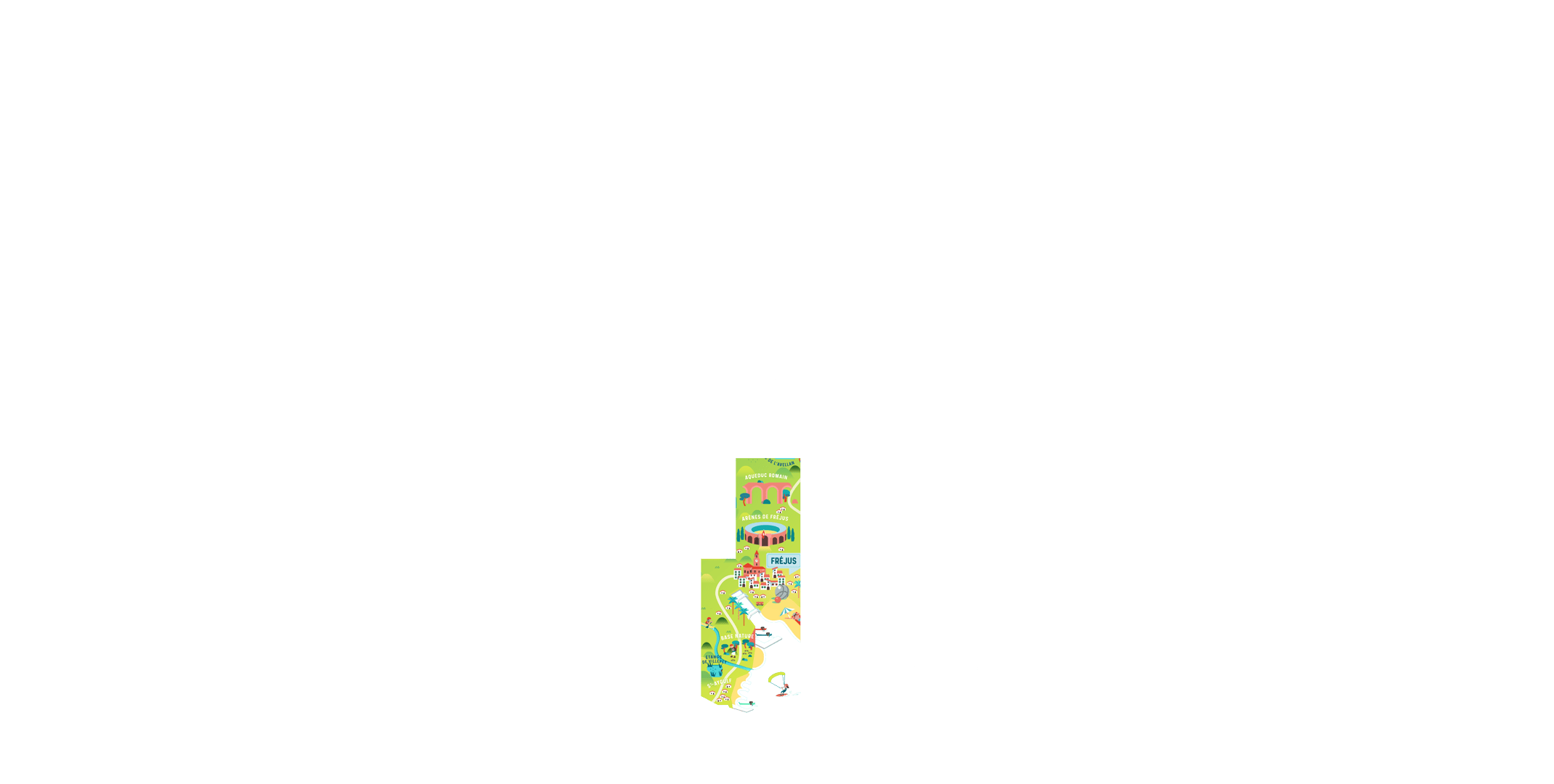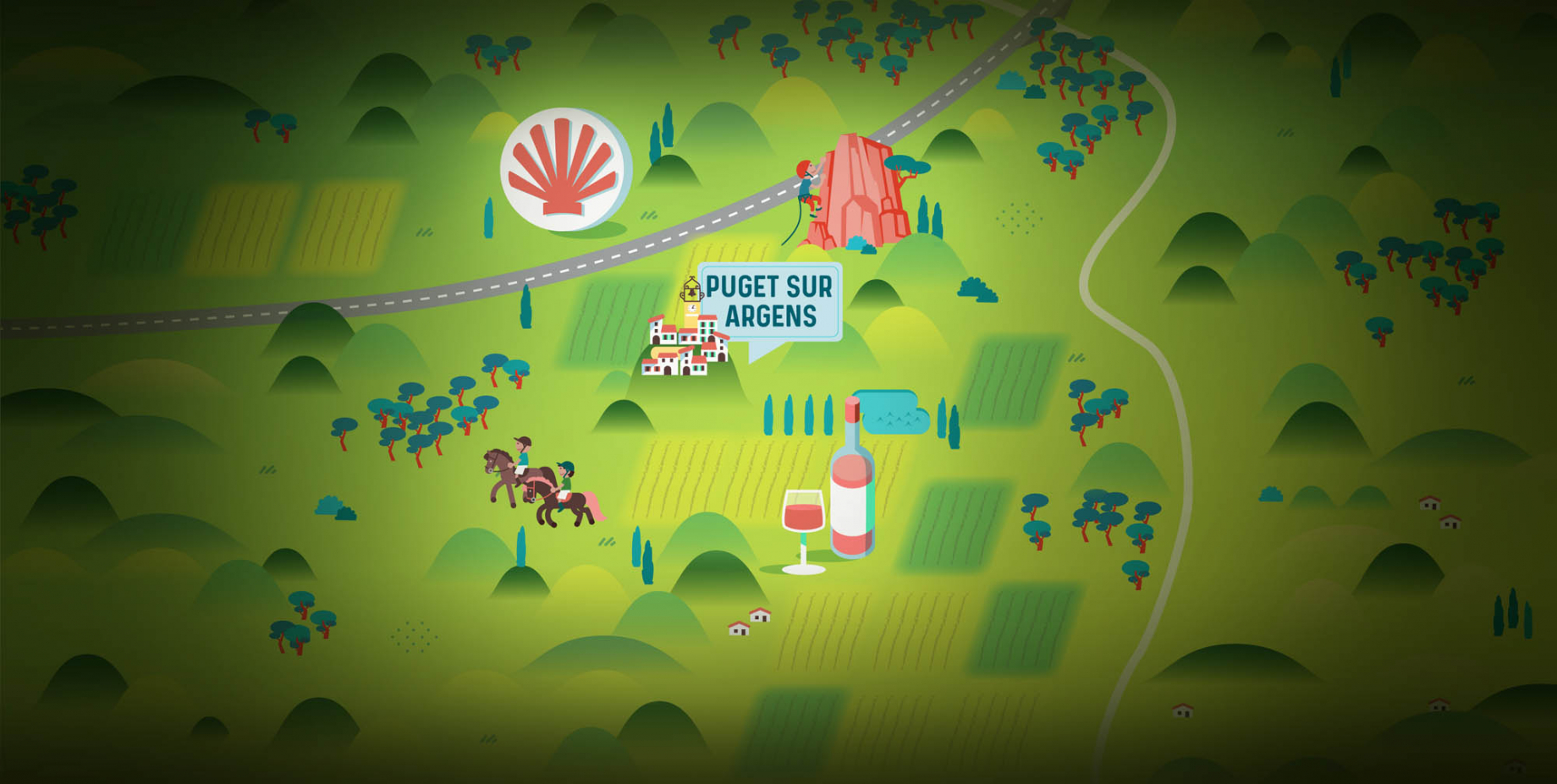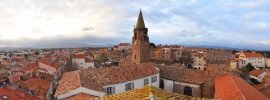Description
Opened in October 1981, the Musée des Troupes de Marine is one of the army's fifteen museums. Its collections invite visitors to discover the history of the Troupes de Marine and that of overseas France. It is also a venue for educational workshops, conferences, temporary exhibitions and painting shows.
A museum of history, science and techniques, art and military traditions, but also of human adventures, the Troupes de Marine museum presents an evocation illustrated as much by museum exhibits as by archives or iconographic documents.
The history of the arm that gave France its colonial empires serves as a common thread running through the history of overseas France. 120 display cases, 55 uniforms, 100 firearms and bladed weapons, from the 1769 naval saber to the 1858 Lefaucheux revolver, and 250 decorations.
Paintings show all the outfits and uniforms worn by the Marsouins, Bigors and tirailleurs from the 17th century to the 1930s.
The museum's history spans almost four centuries.
In 1622, Richelieu created the "hundred companies of the sea", the first marine infantry troop.
From the 18th century onwards, indigenous troops were recruited, first the Cipayes in India (1750), then the Laptots of Gorée in Senegal (1765).
The Corps Royal d'Infanterie was created in 1769, replaced in 1772 by the Corps Royal de la Marine. For the first time, the ordinance flag bore the naval anchor, a symbolic mark that the Troupes de Marine have retained on their attributes to this day.
Souvenirs of the ancien régime are rare in the museum, including the first regulation naval pistol (1779).
The naval artillery took part in the campaigns of the Empire, in particular at Lützen (1813), the oldest battle inscription on the emblems of the Troupes de Marine.
In the twentieth century, as they were only transported on board ships, naval infantrymen were nicknamed "Marsouins" by sailors, in reference to the cetaceans that accompany ships.
A number of display cases showcase the battles of the "Division Bleu", which fought to the "last cartridge" in the Ardennes at Bazeilles in 1870. Since 1986, Fréjus has hosted the annual gathering of the Army family on August 31, the "Fête de Bazeilles".
The colonial epic of the Third Republic is represented, with souvenirs from Africa, the Pacific and Indochina.
In 1900, the Troupes de Marine left the navy and were attached to the Ministry of War (Army), under the name of "Troupes Coloniales".
One of the most famous colonials was Marshal Gallieni, who is omnipresent in the museum and a Fréjusien by adoption. The museum preserves the Koch automobile he used in Madagascar from 1900 to 1905.
Six display cases cover the Great War of 1914 - 1918. The Colonial Exhibition and the July 14, 1931 parade are evoked by posters and miniature parade reconstitutions.
The Second World War is also represented, followed by the Indochina and Algerian wars.
Colonial troops became overseas troops in 1958, then again naval troops in 1961.
The museum also takes a close look at the subdivisions and specialties that have since disappeared: colonial quartermasters, equipment and buildings departments, colonial telegraphers, méharistes, aviators and the health service, which also plays an important role.
Recent operations are also briefly described.
A repository of the Troupes de Marine's heritage, the museum is also a hub of diverse activities. Conferences (200-seat auditorium), temporary exhibitions.
Created in 1996, its Centre d'Histoire et d'Études des Troupes d'Outre-mer (CHETOM) is classified as an archive by the French Ministry of Defense. 12,000 books and 800 boxes of archives are available to researchers and historians, and can be consulted on site.
Further information
- Accepted animals
English
French
- Individual visits include : Unguided individual tours available permanentlyGuided individual tours on request
- Groups visits include : Unguided group tours on requestGuided group tours on request
- Type of customers : Home school groupsGroups
- Services : Pets welcomeThemed tourShopGuided tours
- Equipments : LiftToiletsPublic WCAir conditioningExhibition spaceCar parkFree car park
- Environments : Close to a public transportationBus stop < 500 m
- Activities : Temporary exhibitionPermanent exhibition


































